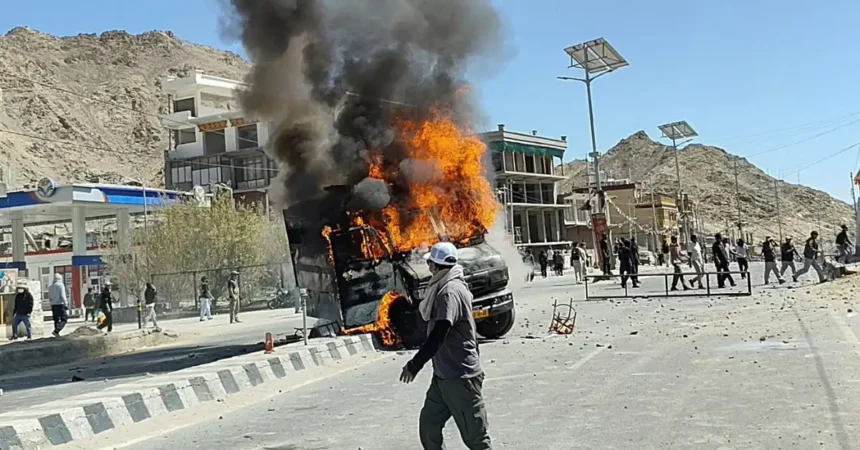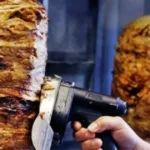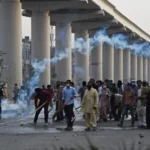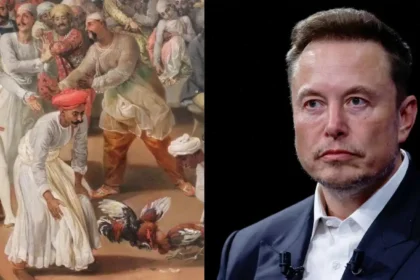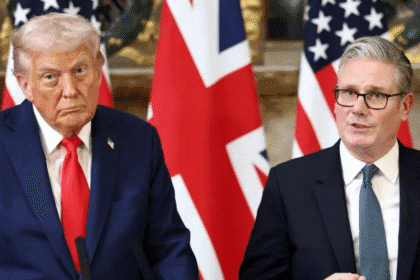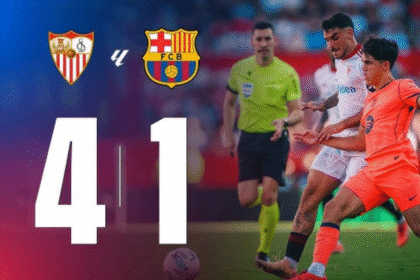The Ladakh Protests turned violent on Wednesday as youth led demonstrations demanding statehood and constitutional protections for the Himalayan region spiraled out of control. Protesters clashed with police in Leh torched government buildings and attacked the office of India’s ruling Bharatiya Janata Party (BJP) leaving at least five people dead and dozens injured.
For six years Ladakh’s residents have organized peaceful hunger strikes and marches demanding statehood and inclusion under India’s Sixth Schedule for constitutional safeguards. However after government delays and prolonged negotiations anger among Ladakh’s youth erupted into violence. Prominent activist Sonam Wangchuk who has led multiple hunger strikes said the young generation felt betrayed by unfulfilled promises.
India’s Ministry of Home Affairs blamed the unrest on provocative speeches by protest leaders claiming police fired in self-defense after officers were attacked by what it called an unruly mob. Security forces have since locked down parts of Ladakh’s capital with police in riot gear guarding public offices and patrolling empty streets. Ladakh holds strategic importance for India as it borders both China and Pakistan. The region has been a military flashpoint since 2019 when New Delhi revoked Jammu and Kashmir’s special status and carved out Ladakh as a separate federally governed territory. Residents argue that the lack of elected leadership and constitutional safeguards has left them politically voiceless.
What Do Ladakh Protesters Really Want?
Protesters demand full statehood for Ladakh and inclusion under the Sixth Schedule of India’s Constitution ensuring local autonomy job protections and preservation of Indigenous rights. They also want elected representatives who can voice regional concerns directly to New Delhi instead of being ruled by appointed bureaucrats.


